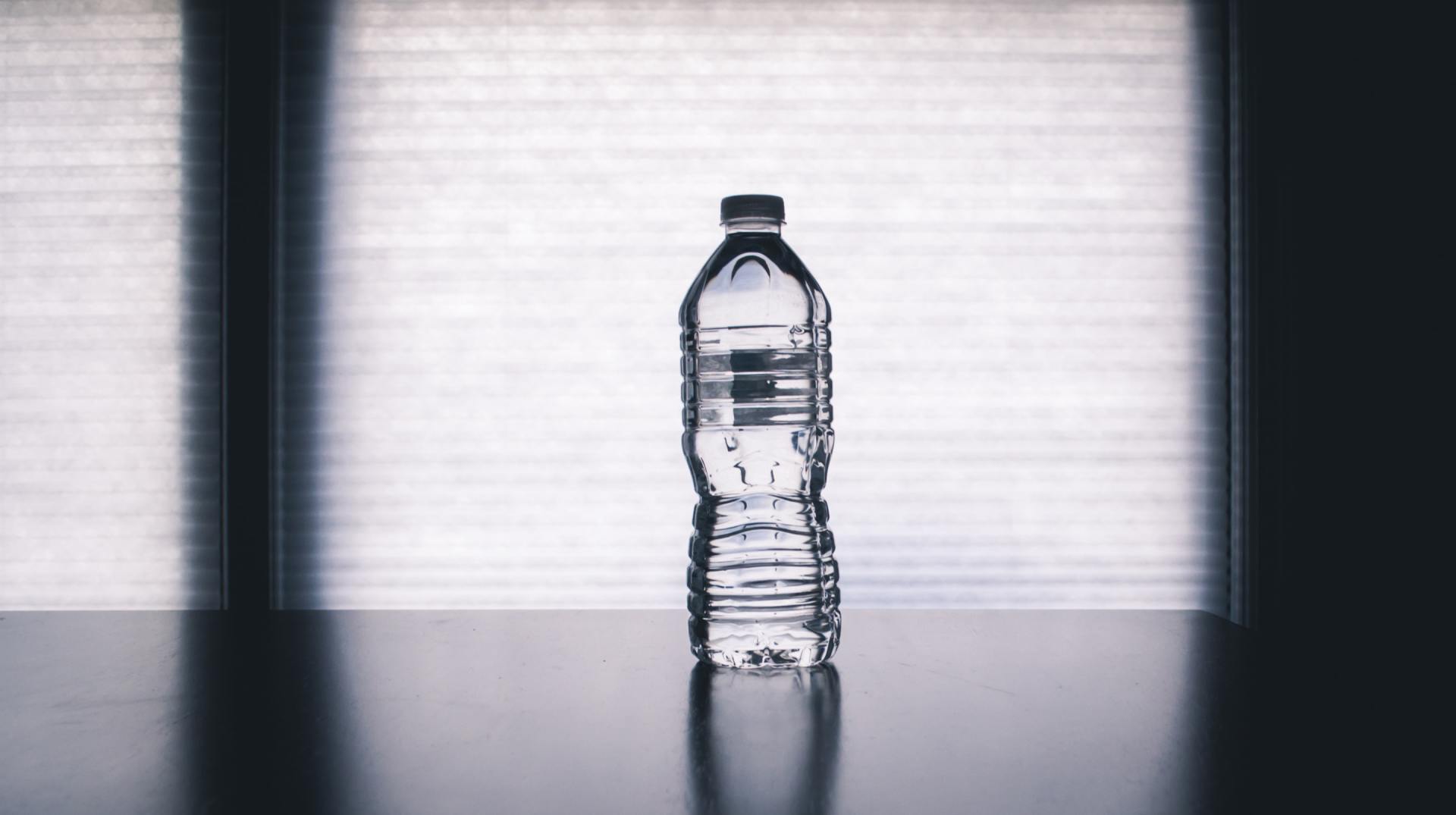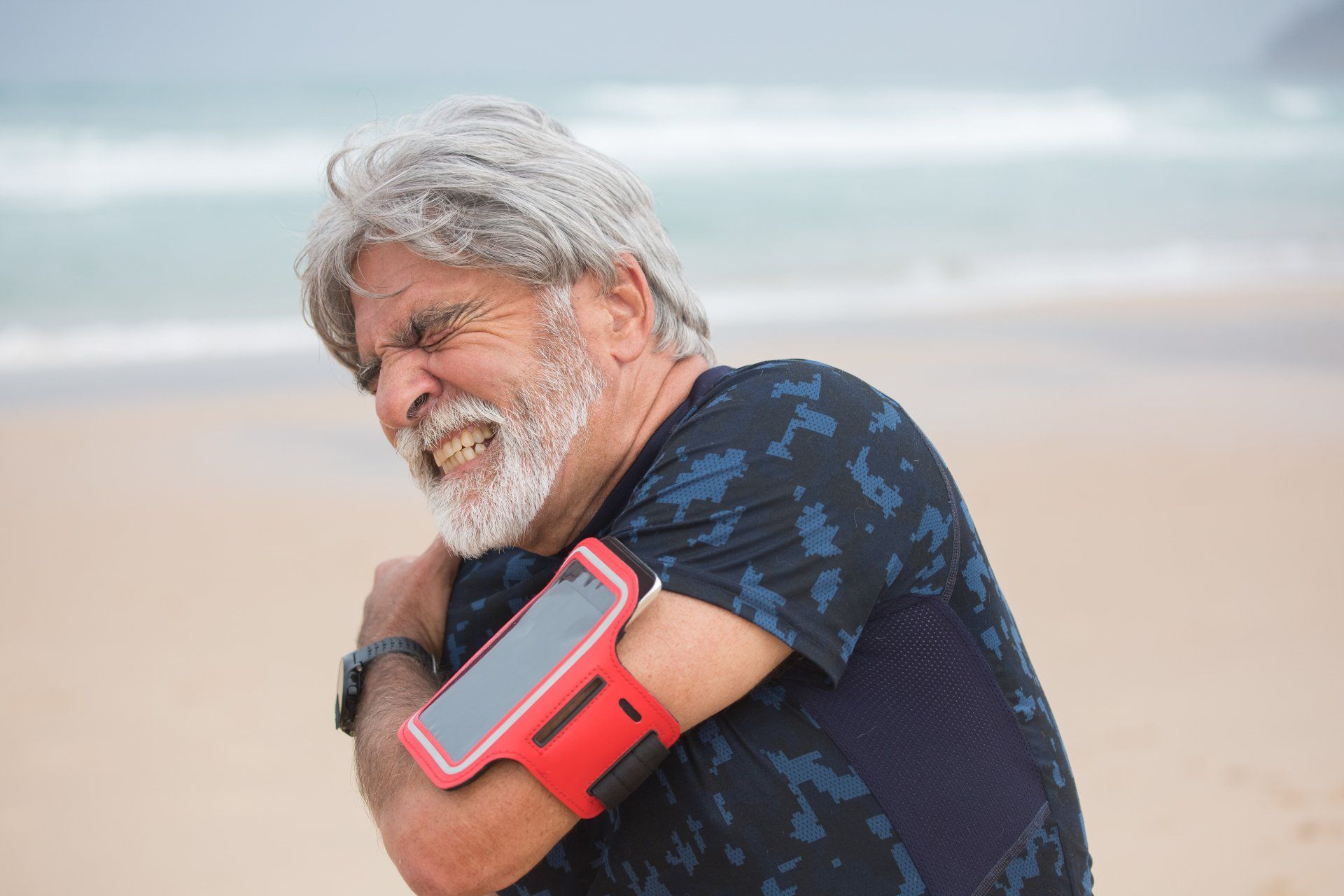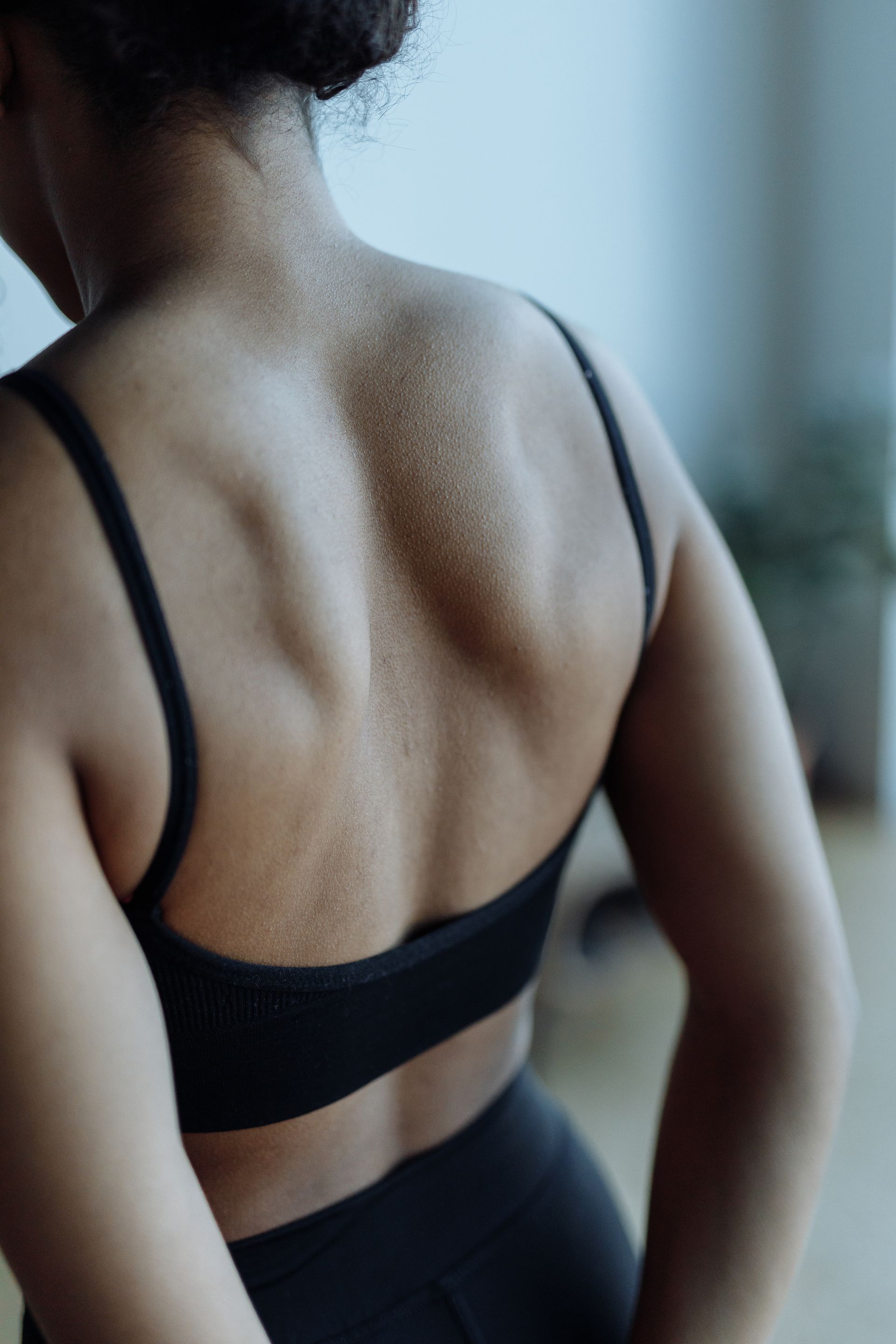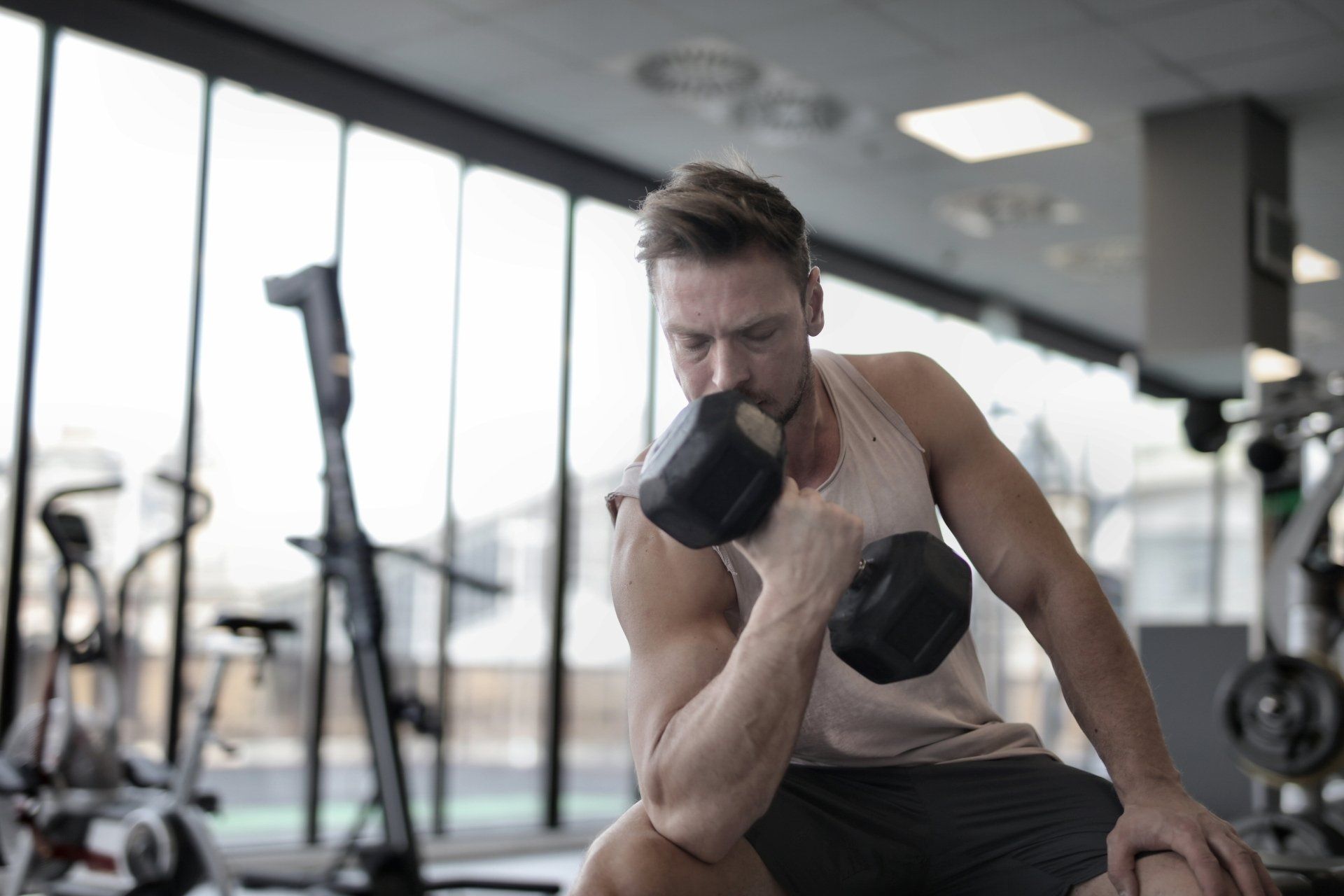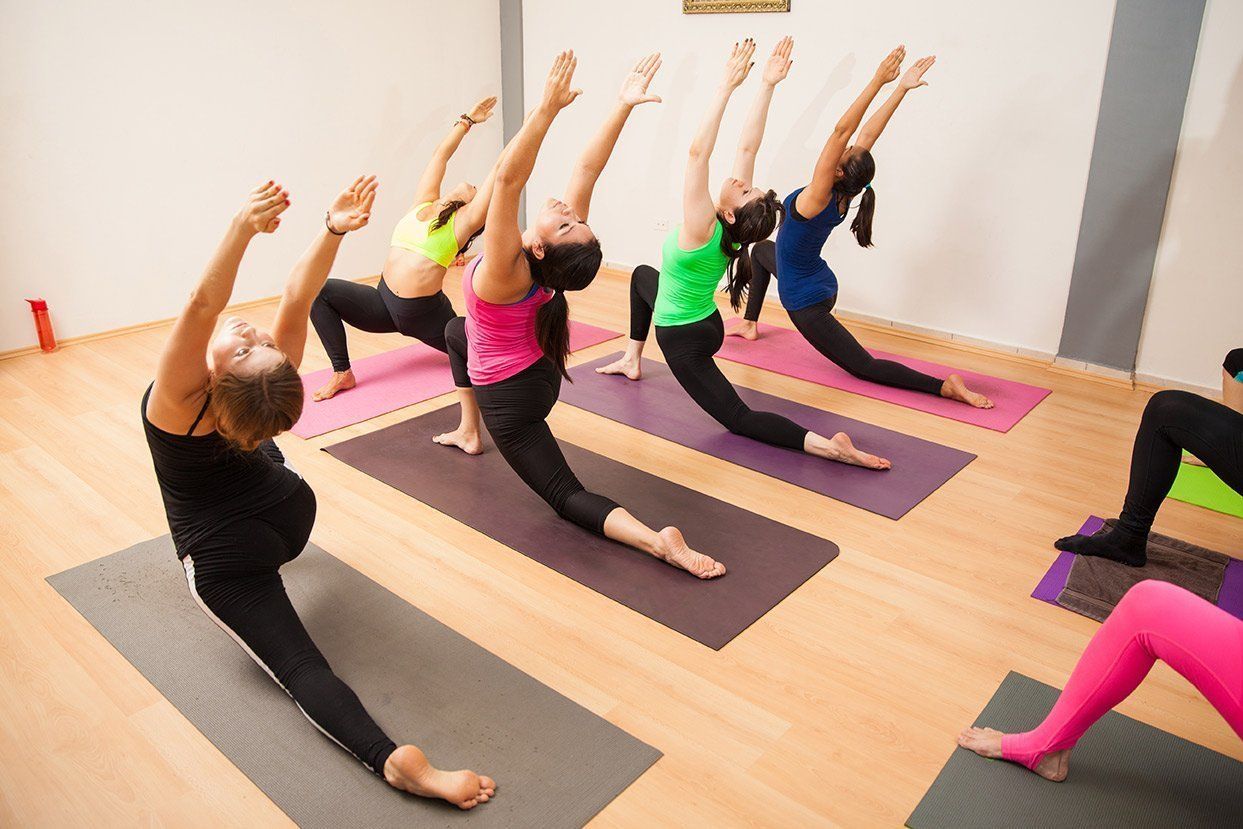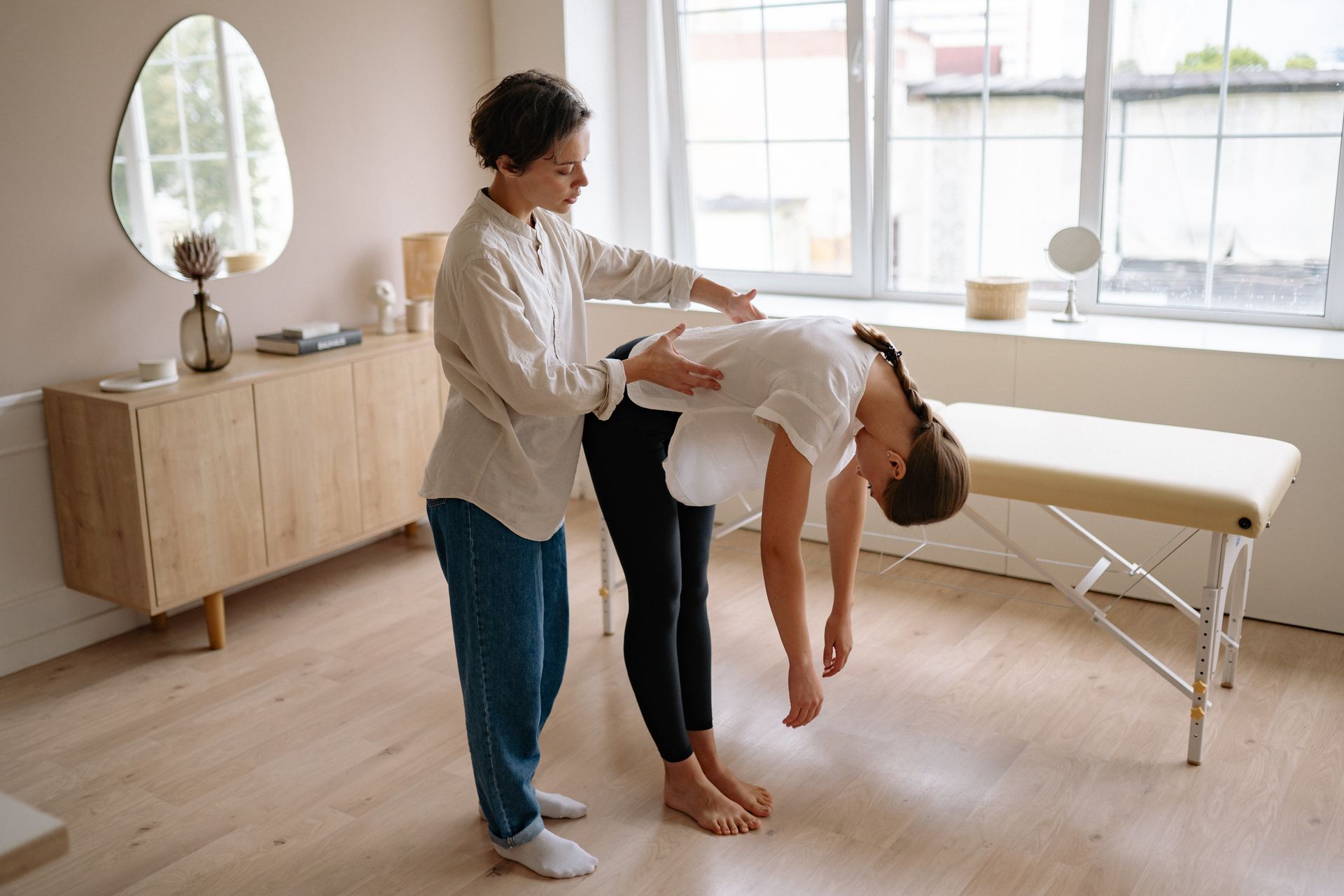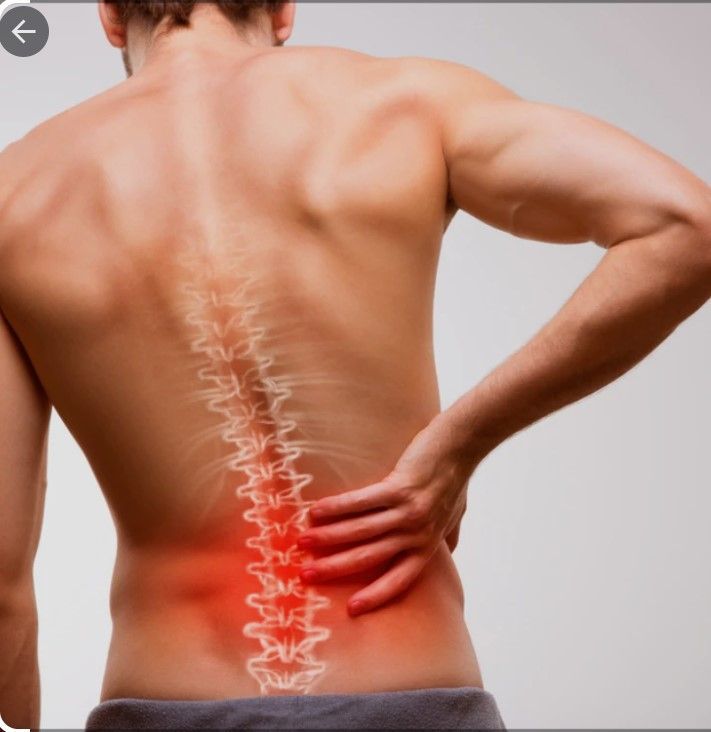Alleviating Chronic Pain with Massage Therapy: A Natural and Effective Solution
Discover the Benefits and Techniques of Massage Therapy for Chronic Pain Management
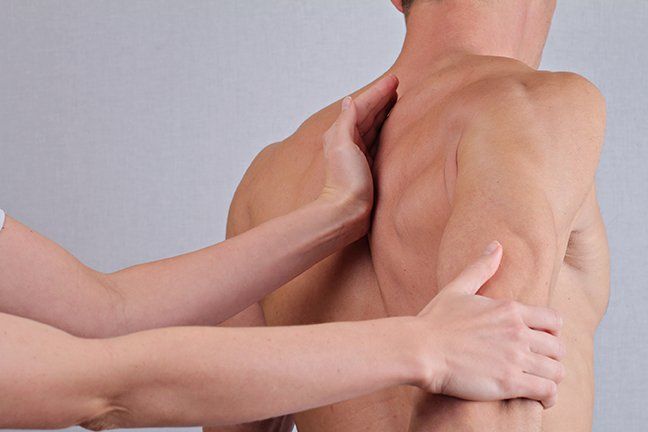
Introduction.
Chronic pain is a frustrating and often debilitating condition that affects millions of people worldwide. Whether it's the result of an injury, illness, or a medical condition, chronic pain can have a profound impact on daily life, making it difficult to perform even the most basic activities. Fortunately, there are natural and effective ways to alleviate chronic pain, and massage therapy is one such method. Massage therapy is a safe and non-invasive approach to managing chronic pain, and it has been used for centuries to promote healing and alleviate discomfort. In this blog post, we'll explore the benefits of massage therapy for chronic pain, the types of massage techniques that are most effective, and how to incorporate massage therapy into your pain management plan. Whether you're dealing with chronic pain on a daily basis or simply looking for ways to manage occasional discomfort, massage therapy can be a valuable tool in your arsenal.
Understanding Chronic Pain.
To understand how massage therapy can help alleviate chronic pain, it's important to first understand what chronic pain is and how it differs from acute pain. Acute pain is a normal and typically short-term response to an injury or medical condition. For example, if you break your arm, you will experience acute pain as a result of the injury. Chronic pain, on the other hand, is pain that persists for weeks, months, or even years, often long after the original injury has healed. Chronic pain can be caused by a variety of factors, including nerve damage, inflammation, and psychological factors such as stress and anxiety. The impact of chronic pain extends beyond the physical, often leading to feelings of anxiety, depression, and social isolation. In the following section, we'll explore the benefits of massage therapy for managing chronic pain and improving overall physical and mental health.
The Benefits of Massage Therapy for Chronic Pain.
Massage therapy has been found to be an effective and natural way to alleviate chronic pain, providing relief from discomfort and promoting healing. By manipulating the muscles and soft tissues, massage therapy can help to increase blood flow, reduce inflammation, and release tension. This can help to relieve pain, reduce muscle stiffness, and improve overall flexibility and range of motion. In addition to the physical benefits, massage therapy can also have a positive impact on mental health, reducing feelings of stress, anxiety, and depression that are often associated with chronic pain. Many research studies have found that massage therapy is an effective treatment for chronic pain, including conditions such as fibromyalgia, osteoarthritis, and low back pain. In the next section, we'll explore the different types of massage therapy that are effective for chronic pain relief, and how to choose the right type of massage therapy for your needs.
Types of Massage Therapy for Chronic Pain.
There are many different types of massage therapy that can be effective for relieving chronic pain. Some of the most common types of massage therapy include Swedish massage, deep tissue massage, trigger point massage, and myofascial release therapy. Each of these techniques focuses on different aspects of the body, and some may be more effective than others for specific types of chronic pain. For example, deep tissue massage is often recommended for those with lower back pain, while trigger point massage is often used for headaches and neck pain. When choosing a type of massage therapy for chronic pain, it's important to work with a trained and licensed massage therapist who can recommend the best techniques for your specific needs. In the next section, we'll discuss how to incorporate massage therapy into your pain management plan.
Techniques for Incorporating Massage Therapy into a Chronic Pain Management Plan.
If you're dealing with chronic pain, incorporating massage therapy into your pain management plan can be a valuable way to find relief and promote healing. To get the most out of massage therapy, it's important to work with a licensed massage therapist who can develop a personalized plan based on your specific needs. This may involve a series of regular massage therapy sessions, which can be scheduled weekly or monthly depending on the severity of your pain. Your massage therapist may also recommend other complementary therapies, such as hot and cold therapy or stretching exercises, to help you achieve optimal results. Additionally, it's important to communicate regularly with your massage therapist and your healthcare provider to ensure that your pain management plan is effective and safe. By incorporating massage therapy into your chronic pain management plan, you can reduce pain, promote healing, and improve your overall quality of life.
Conclusion.
In conclusion, massage therapy can be an effective and natural solution for managing chronic pain. By relieving tension, reducing inflammation, and promoting healing, massage therapy can help to improve physical and mental health, and enhance overall quality of life. Whether you're dealing with chronic pain as a result of an injury, illness, or medical condition, incorporating massage therapy into your pain management plan can be a valuable way to find relief and promote healing. By working with a licensed and trained massage therapist, and communicating regularly with your healthcare provider, you can develop a personalized plan that meets your specific needs and helps you achieve optimal results. Don't let chronic pain control your life - consider incorporating massage therapy into your pain management plan today.

